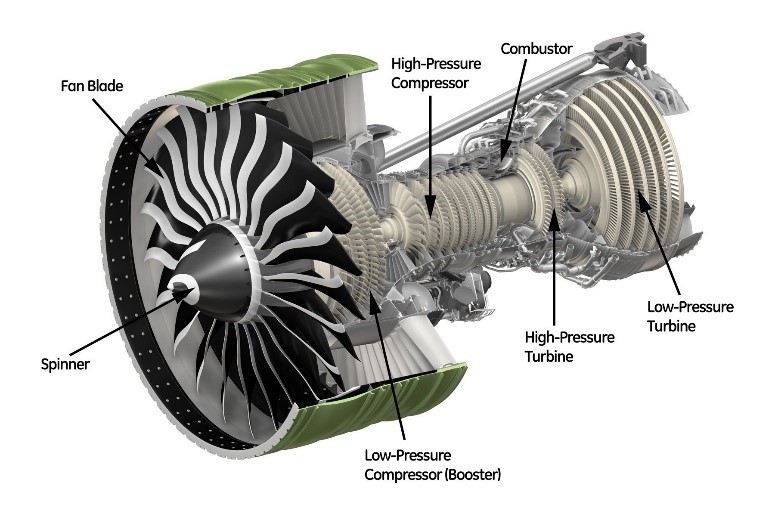Introduction
Despite the deepening understanding of the essence of gas-dynamic processes and the development of computational methods, simpler design methods such as scaling and trimming remain in demand in turbomachinery engineering. The main advantage of these approaches over design from scratch is simplicity and its inexpensive nature due to the small-time expenditure and lower demand from computational resources. Good predictive accuracy of the performance and efficiency of the resulting machines is based on the use of an existing machine with well-known characteristics as a prototype.
Conversely, using the prototype imposes restrictions on the use of scaling and trimming methods. It is almost impossible to get a new design with pressure and efficiency higher than that of the prototype. Also, in cases where it is required to obtain performance that is significantly different from the prototype, the inherent reliability of the original prediction may be insufficient.
Scaling Method
Easy to apply and general, valid, scaling laws are needed for design and application engineers. The scaling laws are needed for the purposes of:
- Predicting the full-scale performance machine from model test data obtained from a scaled machine
- Obtaining a family of machines with different performances on the basis of one well-tested machine
Experimental performance and efficiency testing on a full-size model of large machines such as fans to ventilate tunnels and mines or to move combustion air and smoke gas in power plants may be impractical due to the high energy costs and geometric limitations of the experimental stand. In these cases, a scale model is used. And although complete similarity is not maintained, for example, in terms of the Reynolds number, the correction factors in most cases are well known and the prediction accuracy is high.
The method involves the implementation of the flow path of the designed fan or compressor on a scale to the prototype. This means that all linear dimensions (e.g. diameters, blade chord, axial length, etc.) must be multiplied by the scaling factor (SF). The angular dimensions (e.g. blade angles at inlet and outlet, stagger angle, etc.) remain unchanged.
When scaling, it is assumed that parameters such as Pressure Ratio, circumferential velocity (U), and axial velocity (Cz) are equal for the designed machine and the prototype. Thus:
The condition of equality of the Reynolds criteria is not ensured, since the designed compressor and the prototype do not have the same diameters of the rotor with the equality of other parameters that determine the number of Rew. This design guarantees the practical accuracy of the calculated characteristics, provided that the gas movement in the flow path is turbulent. It is known that for “physical” values of the Reynolds numbers
the flow remains turbulent and the inequality of the Reynolds numbers of the designed compressor and the prototype has little effect on the gas-dynamic characteristics.
To determine the efficiency of low-pressure fans, a well-known formula is usually used:
An example of obtaining a stage of an axial compressor by the scaling method is shown in Figure 1.

The disadvantages of the scaling method include the need to change the rotor speed. This can be relevant for industrial installations, where the rotation speed is often limited and tied to the frequency of the electrical network current. Additionally, the need to change the overall dimensions can be a limiting factor, especially if it is necessary to increase productivity significantly, and the installation location for the turbomachine is limited. In some cases, maintaining full geometric similarity is impossible for technological or constructive reasons. For example, the minimum value of the tip clearance may be limited by the operating conditions of the rotor (not touching the rotor against the housing) or the impossibility of obtaining a small clearance if the scaling is carried out from a large prototype to a small model.





























